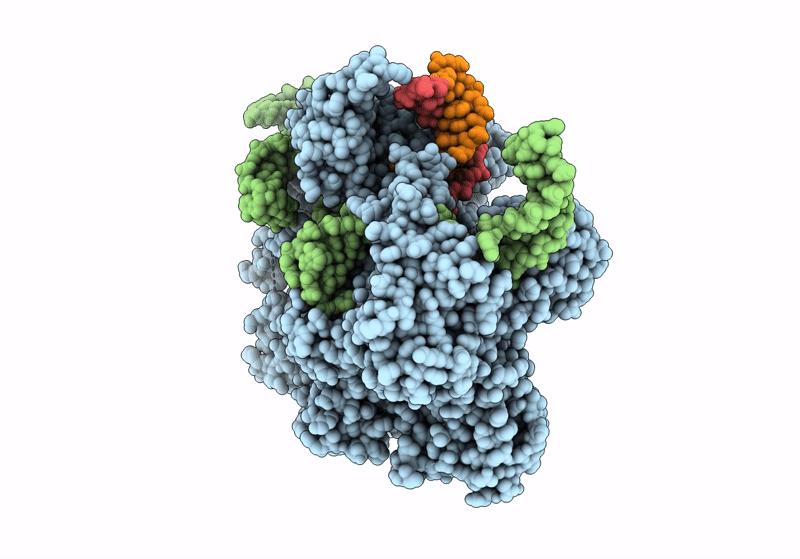
Deposition Date
2023-05-04
Release Date
2024-05-01
Last Version Date
2024-05-15
Entry Detail
Biological Source:
Source Organism:
Streptococcus pyogenes (Taxon ID: 1314)
Escherichia phage Lambda (Taxon ID: 2681611)
Escherichia phage Lambda (Taxon ID: 2681611)
Host Organism:
Method Details:
Experimental Method:
Resolution:
3.69 Å
Aggregation State:
PARTICLE
Reconstruction Method:
SINGLE PARTICLE


